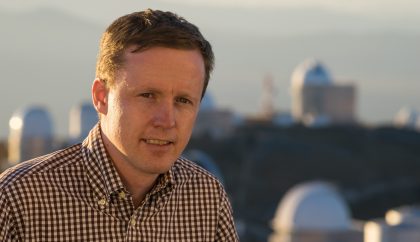
Gliese Fellow Markus Kromer joins HITS
In October 2016, Dr. Markus Kromer joined the Physics of Stellar Objects (PSO) research group at HITS as a visiting scientist. Markus …
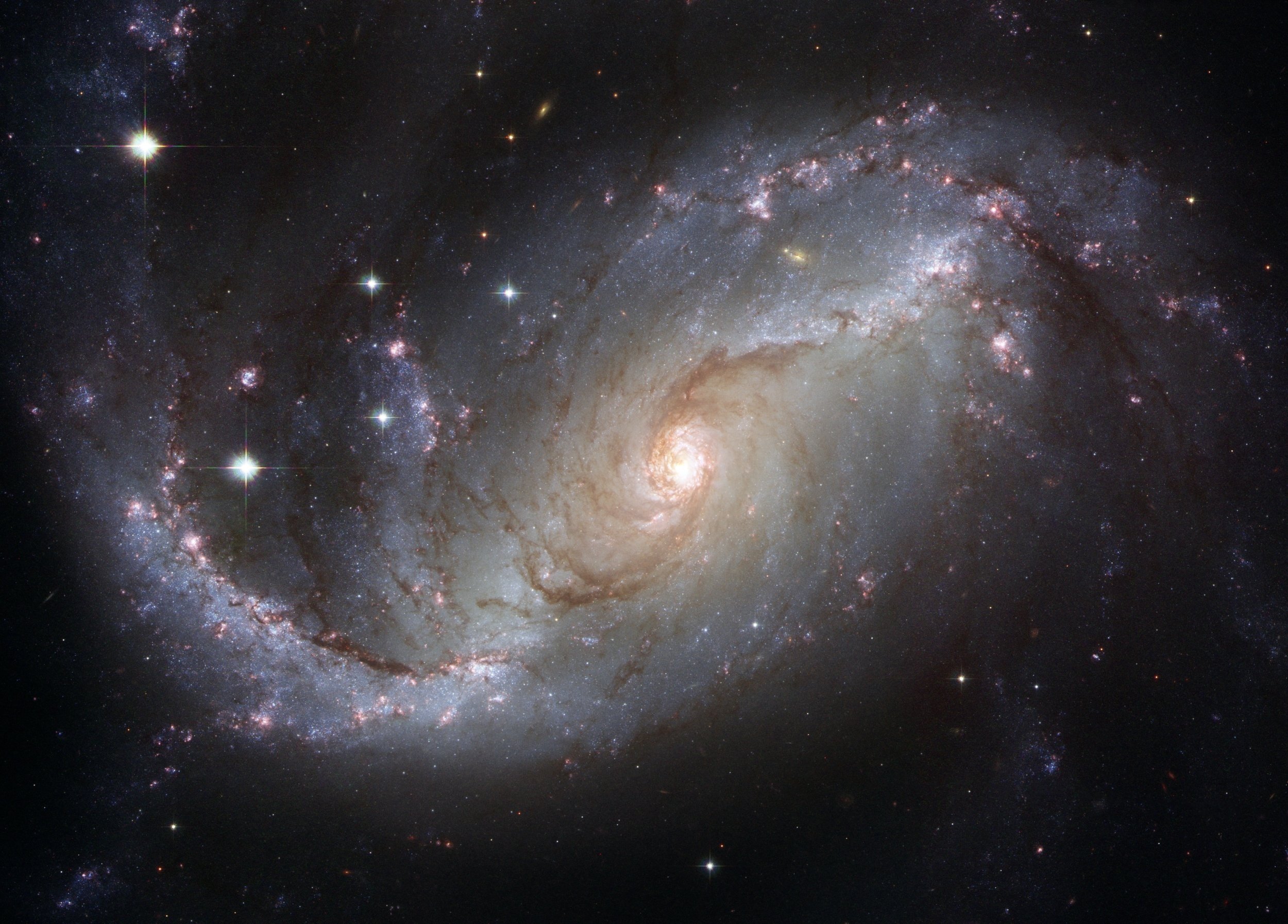
On the way to better understand the Universe
HITS is scientific partner of the ARC Centre of Excellence for All Sky Astrophysics in 3 Dimensions – led by the Australian National …

Welcome Lena!
A warm welcome to Lena Thärichen that has just joined the MBM group as an intern. Lena is a master …
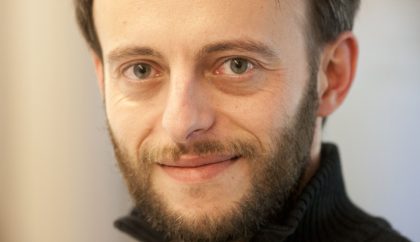
Data for life
HITS researcher Alexandros Stamatakis is new SAB member of the Greek ELIXIR National Node Prof. Alexandros Stamatakis, head of the Scientific …
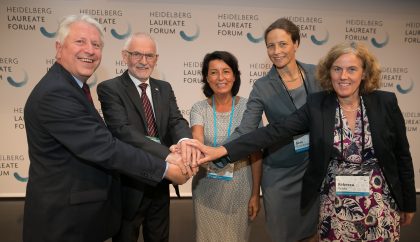
New energies: strengthening mathematics and computer science
HITS and Heidelberg University are scientific partners of the Heidelberg Laureate Forum Foundation – sustainable and professional support to the annual meeting …

Coling Paper Accepted
The paper “Incremental Global Event Extraction” by Alex Judea and Michael Strube has been accepted for Coling 2016, which will take place …
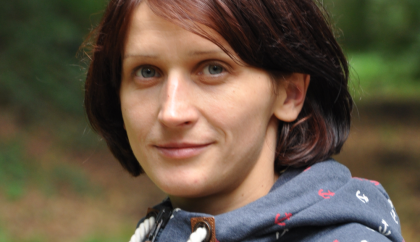
Welcome Agnieszka!
A warm welcome to Agnieszka Obarska-Kosinska that just joined the MBM group as a postdoctoral fellow from Poland. Agnieszka did her …

HITS opens second site in the „Mathematikon“
The Heidelberg Institute for Theoretical Studies (HITS) has opened a second site on Heidelberg´s university campus Neuenheimer Feld. The private …

No. 24 | 09-2016
The open house event at HITS, prestigious awards for our HITS researchers, a highly elastic pressurized balloon created by nature as …
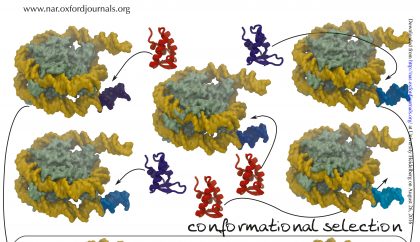
On the front cover: Molecular dynamics involved in DNA compaction
DNA is packaged in the cell nucleus by wrapping around proteins called histones to form chromatin fibers. Nucleosomes, the structural units …